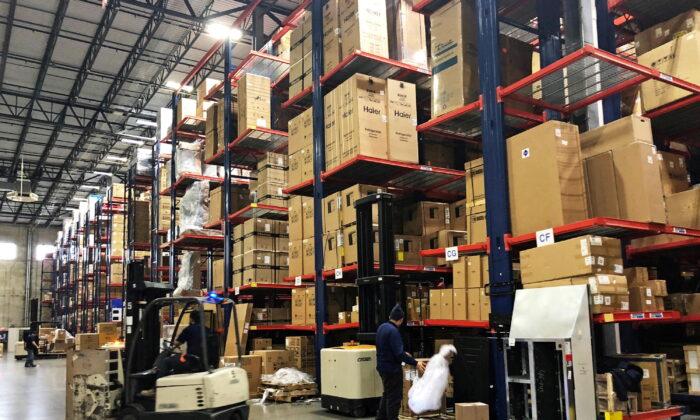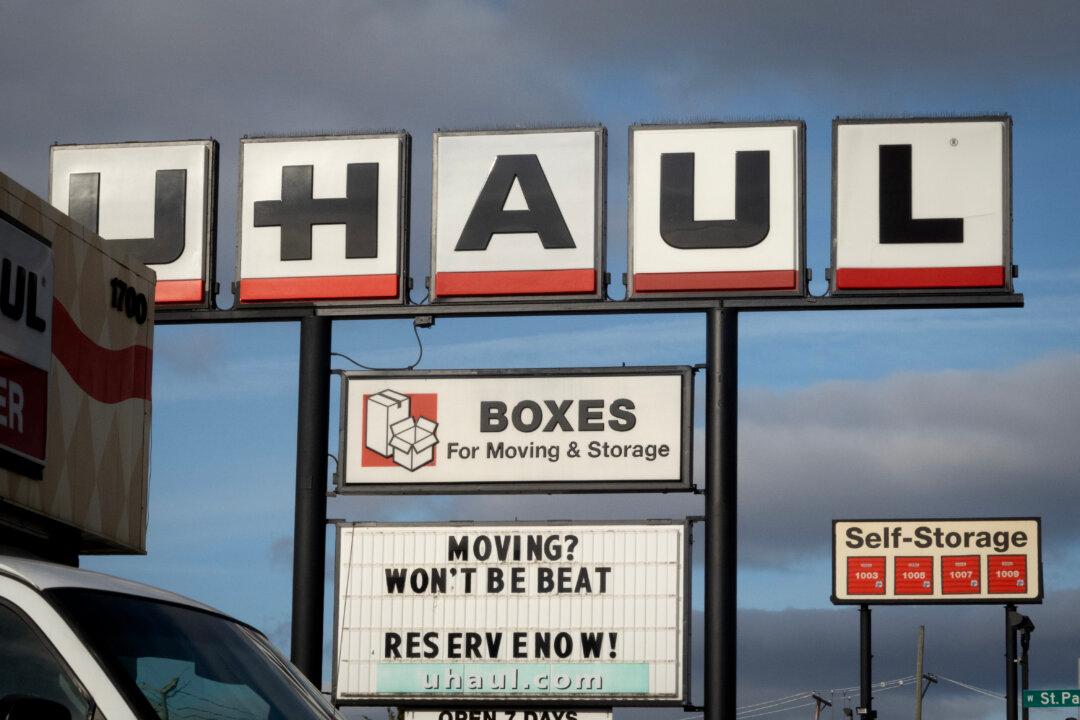New warehouse construction in the United States will plunge next year due to a rapid increase in capital costs, while barriers to development in California will help make Texas the leading hotbed of leasing demand, according to forecasts by logistics real estate giant Prologis Inc.
Warehouse demand in Mexico will also accelerate as the United States sources more of its imported products from nearby countries, a trend known as “nearshoring,” the company predicted in an
outlook report released on Dec. 8.
Prologis is the world’s largest warehouse developer, with investments in roughly 1 billion square feet of logistics properties globally. The San Francisco-based real estate investment trust
disclosed in October that it’s taking a more cautious approach to new developments given the impact of the Federal Reserve’s interest rate hikes and a “rapid change in market sentiment.”
Developers will start work on less than 175 million square feet of logistics properties in 2023, down 60 percent from this year’s total of 470 million square feet, Prologis said in the outlook report. This would lead to a shortage of space in 2024.
California, the nation’s largest economic powerhouse, has ranked as the leading state for logistics demand for more than 25 years. But development roadblocks, including a scarcity of suitable land and a plethora of municipal regulations, will constrain demand in the Golden State.
Prologis predicts that a growing population and supply chains that increasingly run through Mexico will help Texas overtake California in terms of net absorption—a market indicator that refers to the amount of warehouse space occupied minus the amount vacated in a given period of time.
Nearshoring is also driving demand along the southern border, with half of new leasing activity in Mexico this year coming from companies bringing manufacturing closer to the United States. Mexico’s economy minister Raquel Buenrostro
claimed last month that more than 400 North American companies intend to move their operations from Asia to Mexico.
Online shopping should also continue to fuel warehouse demand. Prologis expects more than 25 percent of retail goods will be sold through online platforms by 2025, jumping from 15 percent in 2019. E-commerce customers signed more than 17 percent of new leases in the company’s portfolio in the third quarter.
Prologis leases its facilities to thousands of customers, including Amazon.com, BMW, and FedEx. The company
completed its purchase of rival Duke Realty Corp in an all-stock deal valued at roughly $23 billion in October, underscoring the booming demand for warehouse space in recent years.
Logistics leasing activity in the United States held up in the third quarter of 2022, with average rents
growing 25 percent year over year, according to commercial real estate brokerage JLL. Demand is cooling off as the year winds to a close, however, amid high inflation and weakening consumer spending.





